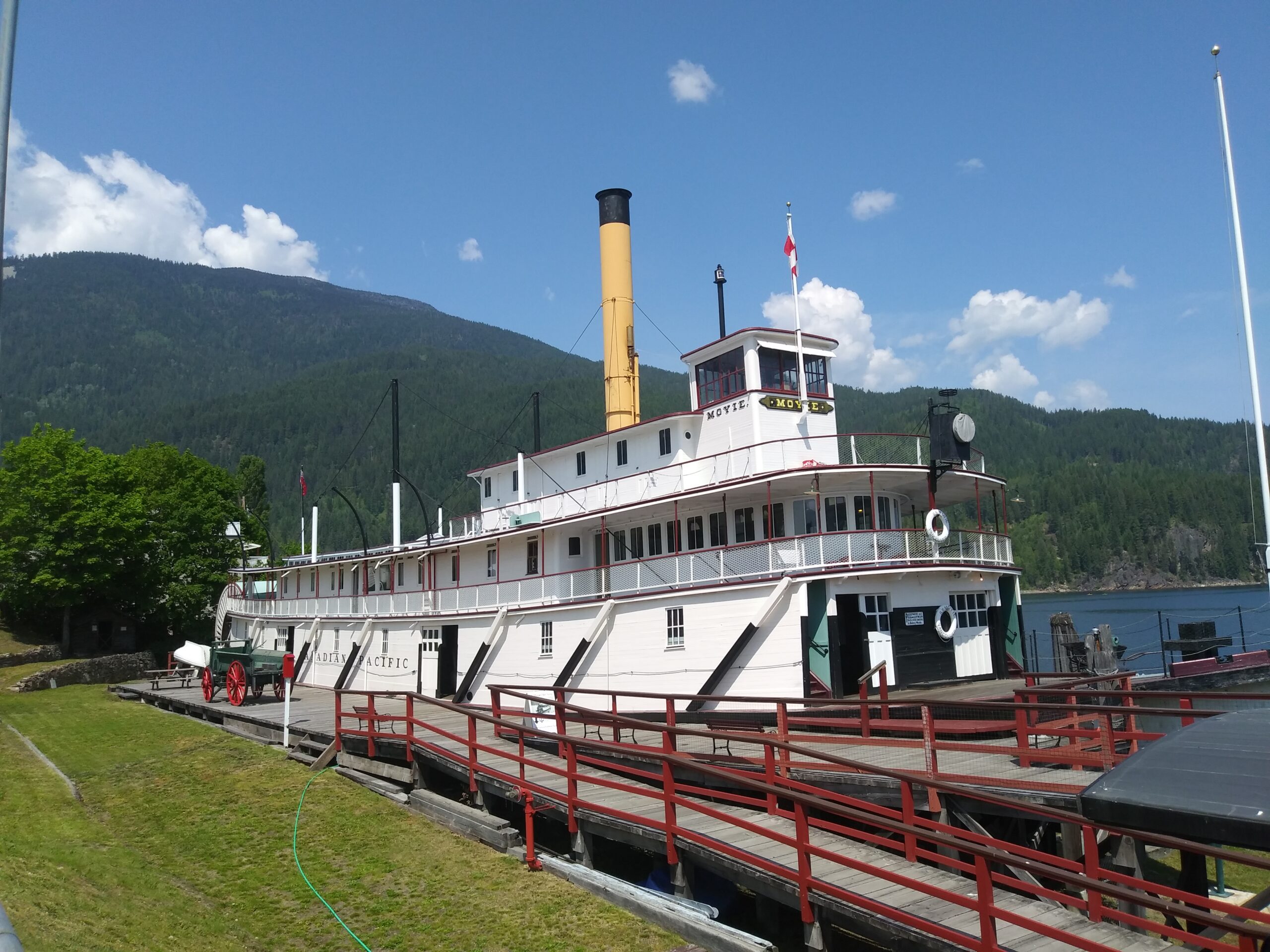The president of the group that looks after Kaslo’s historic SS Moyie feels encouraged at the response to their call for donations as they try to ensure the historic boat’s preservation.
The Kootenay Lake Historical Society is expected to begin work this year on a weather envelope rehabilitation, last completed in 1989-90.
“We’re still exposed to the elements,” Gillian Froese says of the project, which is expected to cost $618,000. While they have received contributions from the Village of Kaslo, Columbia Basin Trust, and await to hear back on other grant applications, they need to raise $100,000 in donations.
Froese says a “goodly amount” has already come in.
“People are noticing and paying attention,” she says. “People from all over the country, actually. So it’s good to feel supported. We had one very generous donor that helped the whole thing along. We’re looking for a few thousand more.”
One of the pending grants is contingent on matching funds.
Froese says they have already spent a “considerable” amount of their own funds to buy supplies for the project, which will also see the boat’s exterior painted.
“Seven hundreds yards of 21-ounce canvas is $11,000. Thirty-four rolls of 3M membrane is almost $10,000. Fifteen cases of 3M marine adhesive $3,500. One hundred and ten gallons of finish paint … We’ve purchased a great deal of this stuff. Time is of the essence. One more year isn’t going to cut it. We will embark on it and hopefully be successful with some of the grants.”
Froese says the ship’s rails, handrails, and deck supports will be replaced. They won’t know the state of the cedar decking until the existing canvas comes off, but they have budgeted for replacement if there have been leaks. The scaffolding required for the painting alone is expected to cost $100,000.
The CPR-operated Moyie was launched in 1898 and sailed Kootenay Lake until 1957, when it was retired and turned into a dryland museum. Major restoration efforts began in the 1980s and have continued ever since.







